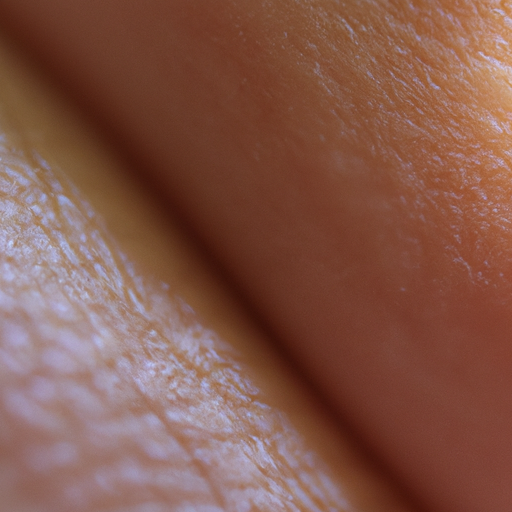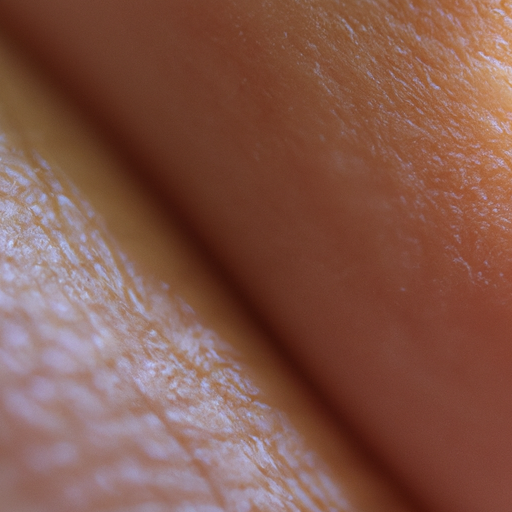As a dermatologist, I often encounter patients struggling with both dry and oily skin. These conditions may seem polar opposites, but they can coexist, creating a challenging skin type known as combination skin. Understanding the root causes of these conditions can help us unmask effective solutions to tackle them.
Dry skin is usually characterized by a lack of moisture, leading to flakiness, itchiness, and a rough texture. This condition can be caused by various factors such as cold weather, hot showers, harsh soaps, and certain medical conditions. On the other hand, oily skin is characterized by an overproduction of sebum (the skin’s natural oil), resulting in a shiny complexion and clogged pores. Hormonal changes, stress, and humid weather can trigger excessive sebum production.
The first step in addressing these issues is understanding that every skin type requires a tailored skincare regimen. For dry skin, it’s crucial to incorporate hydrating products into your routine. Look for ingredients like hyaluronic acid, glycerin, and ceramides that can replenish the skin’s moisture barrier. Avoid harsh soaps and cleansers that strip the skin of its natural oils. Instead, opt for gentle, hydrating cleansers.
For oily skin, it’s essential to balance sebum production without stripping the skin completely of its natural oils. Over-drying can lead to rebound oil production, making the problem worse. Use oil-free moisturizers and non-comedogenic products that won’t clog pores. Incorporate a gentle exfoliant into your routine to remove dead skin cells and prevent pore-clogging.
For those with combination skin, the challenge lies in addressing both dryness and oiliness simultaneously. This can be achieved by using different products on different areas of the face. For instance, you could use a hydrating cream on dry areas and an oil-free moisturizer on oily zones.
Beyond topical treatments, it’s important to consider lifestyle factors that can impact your skin health. A balanced diet rich in fruits, vegetables, and lean proteins can promote healthy skin. Regular exercise can also help by increasing blood flow and promoting the removal of toxins from the body. Additionally, adequate sleep allows the skin to repair and regenerate.
In some cases, over-the-counter products may not be enough to manage dry or oily skin. If you’re struggling with persistent skin issues, it may be time to consult a dermatologist. We can provide personalized advice based on your unique skin type and concerns, and prescribe stronger treatments if necessary.
In conclusion, tackling dry and oily skin requires a multi-faceted approach that combines a tailored skincare regimen with healthy lifestyle habits. While it may take some trial and error to find the right products and routine for your skin, the results are well worth the effort. Remember, every skin is unique and deserves individual care and attention. With the right approach, you can achieve balanced, healthy skin.




